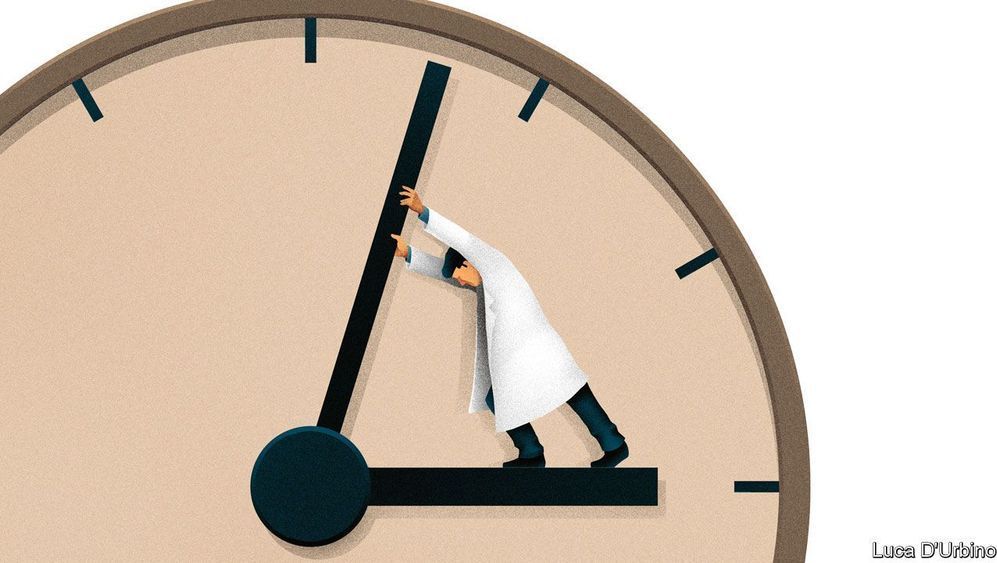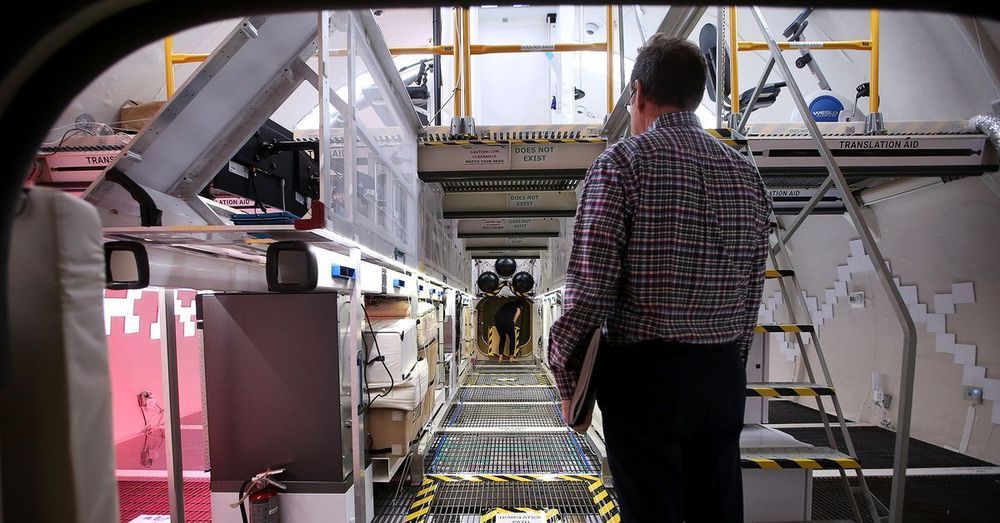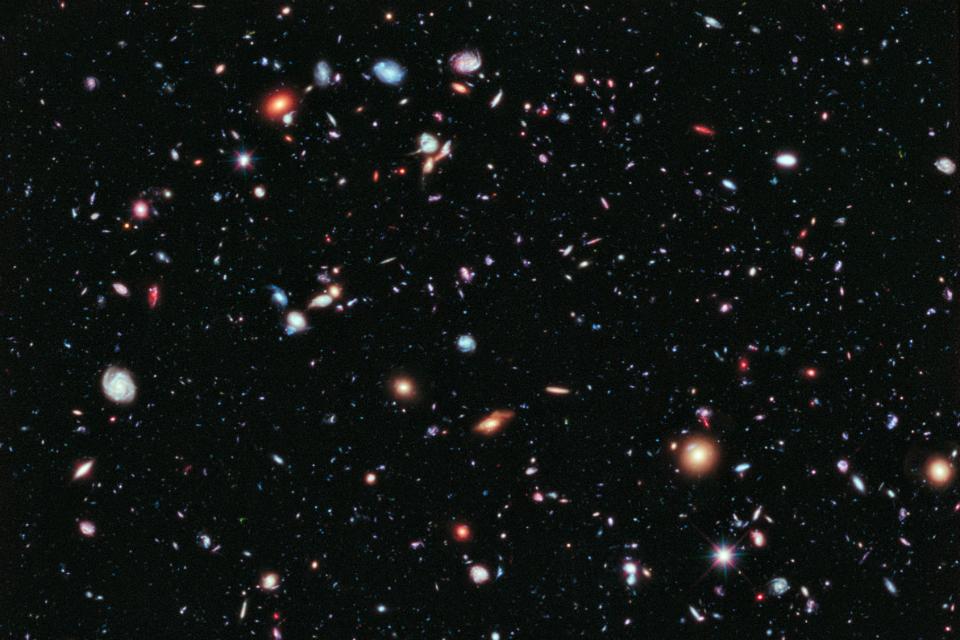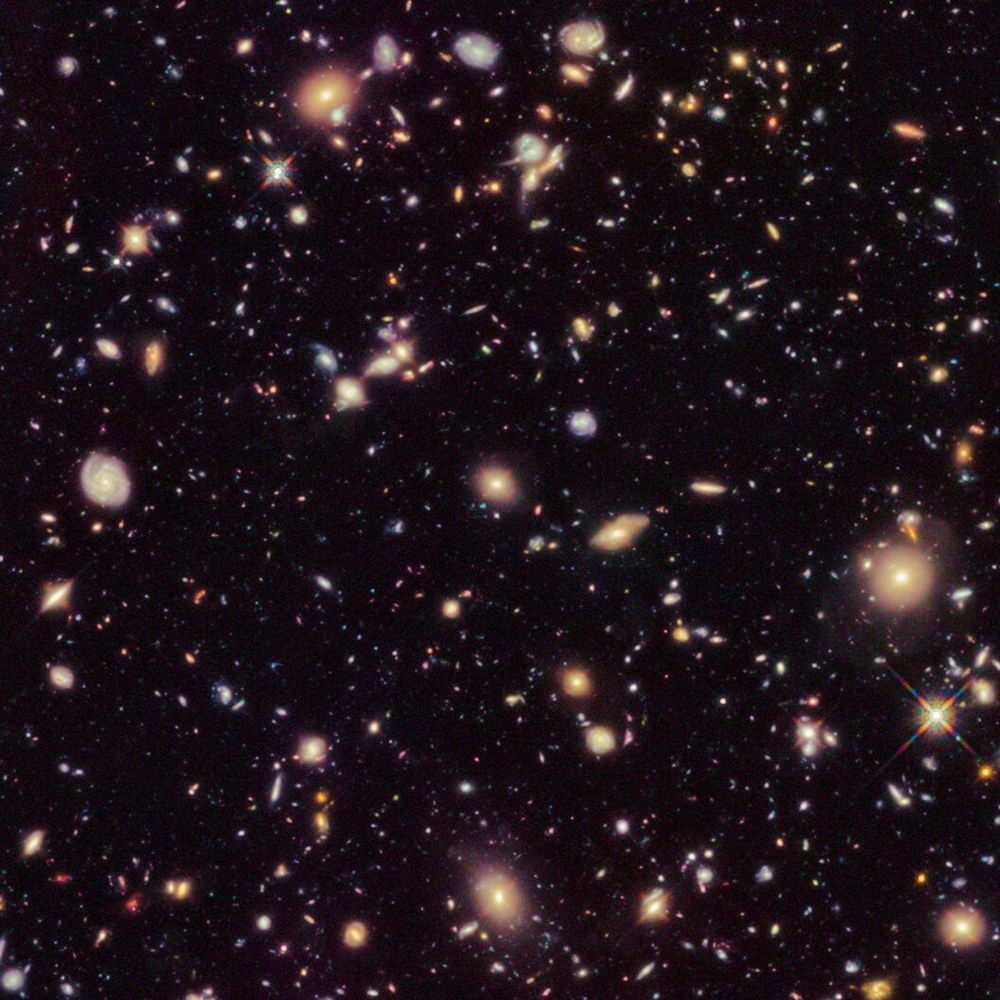NASA coverage of SpaceX’s Crew Dragon test flight and the InSight landing on Mars have nabbed two Emmy nominations for 2019.



Miguel Claro is a professional photographer, author and science communicator based in Lisbon, Portugal, who creates spectacular images of the night sky. As a European Southern Observatory Photo Ambassador, a member of The World At Night and the official astrophotographer of the Dark Sky Alqueva Reserve, he specializes in astronomical “skyscapes” that connect Earth and the night sky. Join him here as he takes us through his photograph “A Sky Without Religious Boundaries Shows the ISS Above the Historic Old City of Jerusalem.”
The image shows the path of the International Space Station (ISS) crossing a sky free of any religious, cultural or ethnic boundaries above the beautiful and historic city of Jerusalem.
https://www.youtube.com/channel/UCK-0srt5hdY5m6Zos_NlJZg
We have come so far…yet so far to go… More videos on our YouTube channel 👇
The ingredients for the development of life are present on Saturn’s moon, Enceladus…But did life actually appear? Encelus is a priority target for future missions. Credit: NASA.


Yusaku Maezawa, a key investor in SpaceX’s next-generation rocket system, called Starship, plans to sell a 30% stake in his online fashion-retail company, Zozo, to Yahoo Japan.
As part of the $3.7 billion tender offer, Maezawa will resign as CEO of Zozo, receive about $2.3 billion in cash, and maintain a 6% stake in the company he founded, according to Forbes.

Maezawa spoke about the deal during an emotional two-hour-long press conference on Thursday. Although he raised misgivings about how he managed the company in recent years, saying he regretted mistakes that hurt the company’s bottom line, Forbes reported that he rationalized his departure in another and far more personal way: a need to prepare for his 2023 flight around the moon inside Starship.

Scientists have known for decades that the universe is expanding, but research in the past few years has shaken up calculations on the speed of growth — raising tricky questions about theories of the cosmos. Current latest trending Philippine headlines on science, technology breakthroughs, hardware devices, geeks, gaming, web/desktop applications, mobile apps, social media buzz and gadget reviews.

This is the second in a series of in-depth articles examining China’s efforts to build a stronger domestic semiconductor industry amid rising trade tensions.
China has to strike a balance between the heavy investment that the industry requires and the returns that such spending may, or may not, yield.

The universe is assumed to be roughly 13.7 billion years old, but a stunning new study says it could be significantly younger than that — by a couple of billion years.
According to the study, researchers used new calculations that took different approaches to figure out just how old the universe really is.
“We have large uncertainty for how the stars are moving in the galaxy,” the study’s lead author, Inh Jee, of the Max Planck Institute, told the Associated Press. The research has been published in Science.